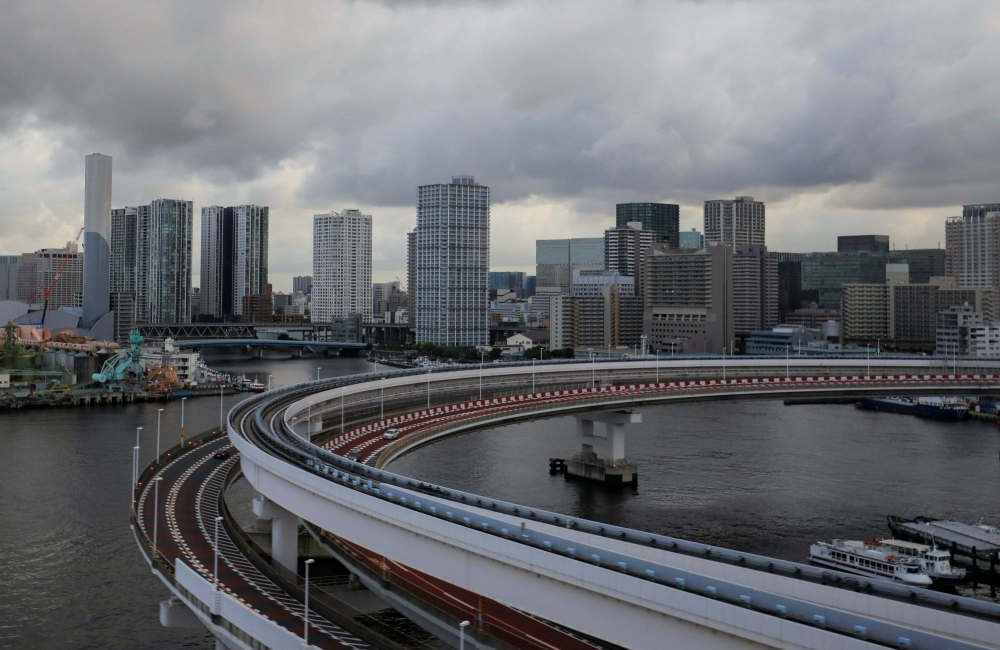The population in all 47 prefectures — with the exception of Tokyo — is projected to fall from 2020 levels by the year 2050, a government estimate showed Friday.
Eleven prefectures will each see their population shrink by over 30%, while the number of residents in some 20% of all municipalities is expected to more than halve, according to the National Institute of Population and Social Security Research.
Japan’s population is expected to fall 17% during the same period to 104.69 million, the research body of the health ministry added.
With some regions experiencing significant population decline likely to face difficulties in maintaining infrastructure and local governments due to reduced tax revenue and economic contraction, addressing the declining birthrate and concentration of people in Tokyo has become a matter of urgency.
Prefectures in northeastern Japan are projected to see the sharpest population declines, with Akita expected to experience a 41.6% drop to 560,000. Aomori and Iwate are projected to shrink 39% and 35.3%, respectively.
Meanwhile, Okinawa is expected to see the slowest pace of decline at 5.2%, followed by three prefectures bordering Tokyo — Kanagawa, Chiba and Saitama — at 7.7%, 9.5% and 9.7%, respectively.
Tokyo is the only prefecture whose population is projected to grow from 2020, increasing 2.5% to 14.40 million.
Those age 14 and under are expected to fall 30.8% nationwide, while 25 prefectures are forecast to have people age 65 and above account for over 40% of their population by 2050.
Akita Prefecture is also projected to have the highest proportion of elderly individuals nationwide, reaching 49.9%.
Tokyo is projected to have the lowest share at 29.6%.
Additionally, in 2050, the proportion of individuals aged 75 or older is seen surpassing 20% in all prefectures except Tokyo.
The estimates, based on the 2020 census, track changes in Japan’s population in five-year intervals for 30 years through 2050, categorized by prefecture, city, major city ward, town and village.

